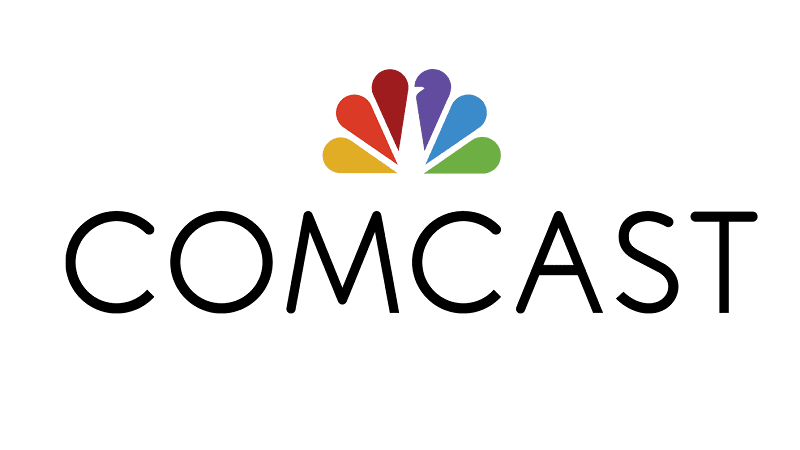
Key Points
- The entertainment outfit’s results are showing growth for nearly all key measures, including ad revenue.
- Cord-cutting remains in effect, but the company is offsetting that attrition with other businesses.
Another quarter is in the books for cable and media outfit Comcast (NASDAQ:CMCSA), and all in all, it’s not a bad one. Revenue of $28.5 billion was not only up 20% year over year, but topped estimates of a little more than $27.1 billion as well. Per-share profits jumped from $0.65 a year earlier to $0.80 in the three-month stretch ending in June, also beating analysts’ consensus figures between $0.65 and $0.67 per share. The stock price has moved little since the report was posted, but holding on to the 15% gain since the end of last year is a victory in and of itself.
Comcast is a complex company, however, with interests ranging from films to theme parks to television; the top and bottom lines hardly tell the whole story. Here are the five key takeaways that help paint a more relevant picture for current and prospective investors.

IMAGE SOURCE: GETTY IMAGES.
1. Peacock is finding its groove
It may have gotten off to a slow start following its launch in the middle of last year, but things are humming for Comcast’s streaming service Peacock now. A total of 54 million people have signed up as of this week — with the recent new users prompted to sign up by the platform’s coverage of the Summer Olympics — and 20 million of them are logging in at least once per month. Most of these consumers thus far have opted for the free, ad-supported tier, according to data from streaming service aggregator ReelGood.
For perspective, AT&T‘s streaming service HBO Max that launched around the same time now boasts more than 43 million subscribers.
2. Advertising is back
Granted, the bar was set pretty low. The second quarter of last year bore the brunt of ad-spending cuts. Nevertheless, advertisers are at it in a big way again. Ad revenue generated by Comcast’s cable television platform Xfinity improved nearly 59%, growing from $428 million to $679 million last quarter on a year-over-year basis. And, its television network properties like NBC upped its advertising business by 33% from $1.65 billion for the second quarter of 2020 to nearly $2.2 billion in this year’s June quarter. Year-to-date ad revenue of almost $4.3 billion is higher by 12% versus year-ago year-to-date figures.
3. Cord-cutting continues
While Comcast’s Xfinity has been anything but immune to the cord-cutting movement, this attrition has been offset by broadband customer gains in several recent quarters. Q2 wasn’t one of these quarters. The company lost a total of 399,000 cable TV subscribers to bring that count down to a little more than 18.9 million, but it only picked up 354,000 broadband subscribers, leaving that tally at nearly 31.4 million. For perspective, five years back the company was serving just under 24 million high-speed internet customers and 22.4 million cable subscribers.
4. Theme parks are (more or less) full
The worldwide reopening of amusement parks has been gradual, partially by mandate and somewhat by choice. Either way, Comcast’s parks are within reach of doing the level of business they were doing before the COVID-19 pandemic took hold. Last quarter’s amusement park revenue of $1.1 billion is roughly a third less than the revenue of $1.5 billion for the second quarter of 2019. Notably, theme park EBITDA was positive last quarter, coming in at $221 million to mark the first meaningfully profitable quarter for this arm since Q1 of 2020.
5. Sky continues to knock it out of the park
Lastly, many investors may not even realize Comcast is also the owner of Britain’s Sky cable TV and broadband brand. Good thing it is. This arm’s top line popped 15% higher last quarter to $5.2 billion, unwinding the 13% slide suffered in the same quarter a year earlier when the pandemic first started to rattle Europe as well. Pre-tax and pre-interest (and pre-depreciation, for that matter) earnings of $560 million remains down more than 30% on a year-over-year basis, however, mostly as a result of higher programming costs linked to a larger number of recent sporting events.
Bottom line
Obviously, there’s always room for improvement. On balance, however, there’s a lot about last quarter’s results that continue to make this stock a name worth owning. Analysts agree too, collectively rating it a buy with a consensus target of just over $66 per share versus its current price near $58.78.
In light of this year’s gains and the stock’s present valuation of right around 23 times its trailing-12-month profits, however, it’s also a name that merits a longer-term view. Next year’s projected per-share profit growth of 25% suggests that 2022 will be the big breakout year, supplying already-rising shares with a nice tailwind.















